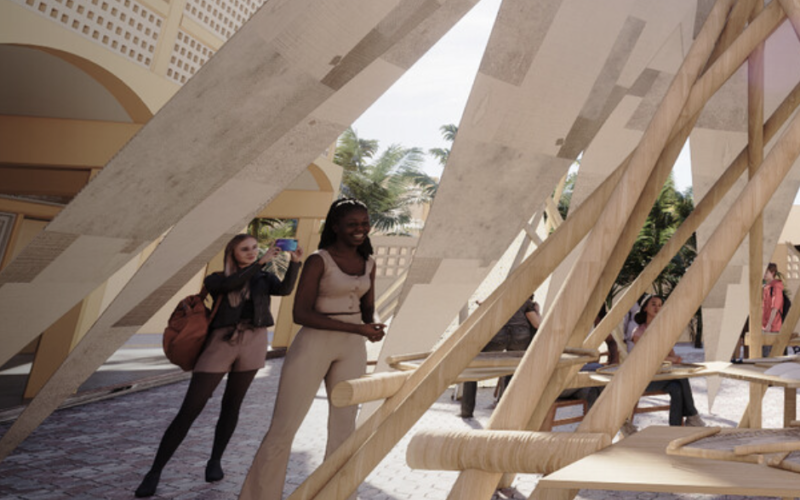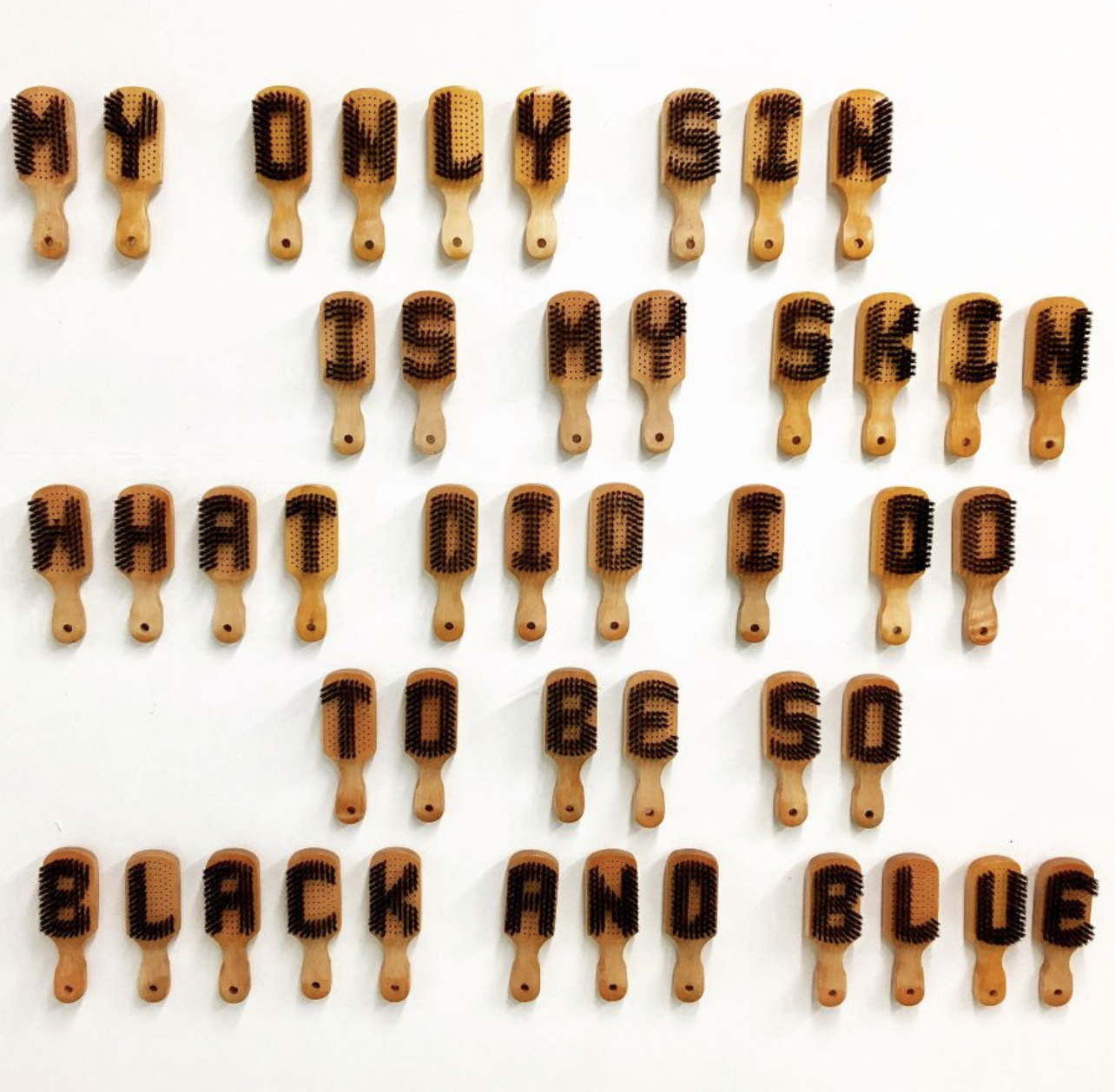Above: Resource Autonomy Pavilions. Courtesy of Henry Glogau.
In a celebration of innovation and architectural adaptation, the Sharjah Architecture Triennial has disclosed the details of its 2023 edition, titled “The Beauty of Impermanence: An Architecture of Adaptability.” Curated by the renowned architect Tosin Oshinowo, this Triennial will feature the works of 30 architects, designers, and studios from 26 countries, all focused on innovative design solutions born from the challenges of scarcity in the Global South. From large-scale installations and exhibitions to pivotal discussions and comprehensive public programming, the Triennial aims to explore how cultures of re-use, re-appropriation, collaboration, and adaptation can contribute to a more sustainable, resilient, and equitable future.
Established in 2018, the Triennial provides a unique platform for architecture and urbanism, drawing inspiration from West Asia to South Asia and the African continent, with Sharjah at its heart. Projects will be displayed across the city and its surroundings, transforming the region into a global hub for architectural discourse. Notably, the event will feature site-specific projects and exhibitions in various locations, including the old Al Jubail Vegetable Market, the Al Qasimiyah School, and the surrounding desert.
Tosin Oshinowo, known for her environmentally and socially responsive architectural approaches, chose the theme based on her design philosophy, which prioritizes contextual solutions. Participants in the Triennial will spotlight design solutions rooted in indigenous knowledge, local materials, and climate resilience.
Projects at the Triennial will explore three key strands:
- Renewed Contextual: Participants will showcase resilient design solutions inspired by knowledge from the Global South, emphasizing the versatility of natural materials. For example, Hive Earth Studio’s “ETA’DAN” presents a multi-functional wall made of rammed earth and agro-waste, promoting sustainability and resource sharing. Sumaya Dabbagh’s “EARTH TO EARTH” features a curved wall structure using locally sourced bamboo and goat’s hair. These projects embody circularity and adaptability.
- Extraction Politics: Projects in this strand document and address the extractive processes often underlying design. Formafantasma’s ongoing project “Cambio” explores the origins of the wood industry and its colonial bioprospecting roots, seeking to expand design beyond finished products. Clothing brand BUZIGAHILL presents “RETURN TO SENDER,” highlighting waste colonialism by creatively transforming second-hand clothing waste from the West into valuable resources.
- Intangible Bodies: This strand celebrates the ephemeral nature of human interaction with the environment and explores how cultural narratives can be integrated into new urban frameworks. Projects take advantage of abandoned sites in Sharjah, such as the old Al Jubail Vegetable Market, reconfigured as “Play You Are in Sharjah” by 51-1 Arquitectos, providing a public space for communal activity. DAAR’s “Concrete Tent” project reframes the Al Madam ‘ghost village’ ruins as a symbol of enduring transience.
These innovative projects, along with many others, will elevate Sharjah as a global architectural discourse hub and highlight the power of adaptation, collaboration, and sustainability in the face of adversity.
The full list of participants includes architects, designers, and studios from diverse backgrounds and geographies, reflecting the Triennial’s commitment to exploring the intersections of culture, architecture, and resilience.
The Sharjah Architecture Triennial continues to evolve as a vital platform for innovative architectural thinking, bringing together global minds to address urgent challenges and celebrate the adaptable beauty of impermanence.










